All Stories
-
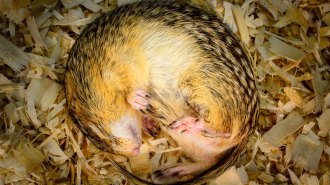 Animals
AnimalsGut microbes help some squirrels stay strong during hibernation
Microbes living in the critters’ guts take nitrogen from urea and put it into the amino acid glutamine, helping squirrels retain muscle in the winter.
-
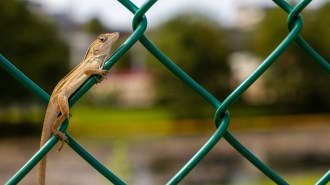 Animals
AnimalsUrban animals may get some dangerous gut microbes from humans
Fecal samples from urban wildlife suggest human gut microbes might be spilling over to the animals. The microbes could jeopardize the animals’ health.
-
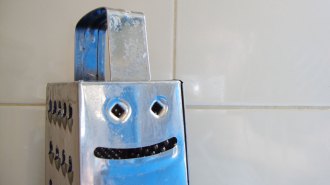 Neuroscience
NeuroscienceAmericans tend to assume imaginary faces are male
When people see imaginary faces in everyday objects, those faces are more likely to be perceived as male, a new study shows.
-
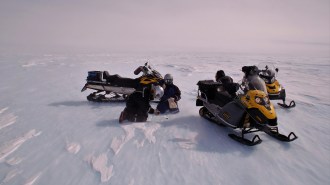 Planetary Science
Planetary ScienceMachine learning points to prime places in Antarctica to find meteorites
Using data on how ice moves across Antarctica, researchers identified more than 600 spots where space rocks may gather on the southern continent.
-
 Animals
AnimalsAn Arctic hare traveled at least 388 kilometers in a record-breaking journey
An Arctic hare’s dash across northern Canada, the longest seen among hares and their relatives, is changing how scientists think about tundra ecology.
-
 Psychology
PsychologyHow mindfulness-based training can give elite athletes a mental edge
Mindfulness and acceptance and commitment therapy are two types of training psychologists are using to bolster athletes’ mental health.
-
 Artificial Intelligence
Artificial IntelligenceHow AI can identify people even in anonymized datasets
A neural network identified a majority of anonymous mobile phone service subscribers using details about their weekly social interactions.
By Nikk Ogasa -
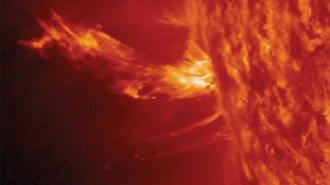 Science & Society
Science & SocietyStuck inside this winter? Try an at-home citizen science project
Researchers are in search of volunteers to look for solar jets, transcribe old weather logbooks, listen for threatened frogs and more.
By Erin Wayman -
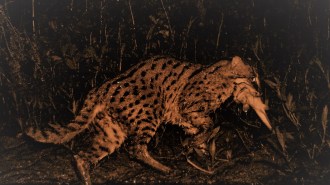 Animals
AnimalsScientists uncover the secret to fishing cats’ hunting success
Volunteers in India have helped to explain how one of the world’s semiaquatic wild cat species hunts.
-
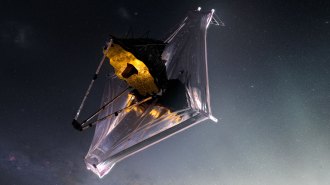 Astronomy
AstronomyThe James Webb Space Telescope has reached its new home at last
The most powerful telescope ever launched still has a long to-do list before it can start doing science.
-
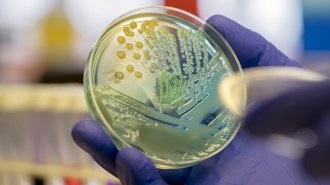 Health & Medicine
Health & MedicineAntimicrobial resistance is a leading cause of death globally
In more than 70 percent of the 1.27 million deaths caused by antimicrobial resistance, infections didn’t respond to two classes of first-line antibiotics.
-
